Diode Bridge GBU808
The Diode Bridge GBU808 is known for its robust construction and ability to handle high currents, making it suitable for various industrial and commercial applications.
- Function: It functions as a bridge rectifier, converting AC input to DC output.
- Current Rating: It can handle a forward current of 8 Amps.
- Voltage Rating: It can withstand a peak reverse voltage of 800 Volts.
- Construction: It’s typically a 4-pin, through-hole mounted component.
- Applications: It’s used in power supplies, motor controls, welding equipment, and other electronic circuits requiring efficient rectification and high voltage capability.
- Operating Temperature: The GBU808 can operate within a temperature range of -55°C to +150°C.
It uses four or more diodes arranged in a bridge configuration to achieve full-wave rectification. This means it converts both the positive and negative parts of the AC waveform into positive (or negative) voltage.
-
Function:
The primary function of a diode bridge is to take an AC input (like from a wall outlet) and produce a DC output, which is used to power many electronic devices.
-
How it works:
In a diode bridge, four diodes are arranged in a way that during the positive half-cycle of the AC input, two diodes conduct, and during the negative half-cycle, the other two diodes conduct, ensuring that current always flows in the same direction through the load (the component or circuit that uses the DC power).
-
Full-wave rectification:
This process, called full-wave rectification, means that both halves of the AC waveform are used to produce DC, resulting in a more efficient and smoother DC output compared to half-wave rectification.
-
Applications:Diode bridges are widely used in power supplies for electronic devices, battery chargers, and various other applications where DC power is needed.

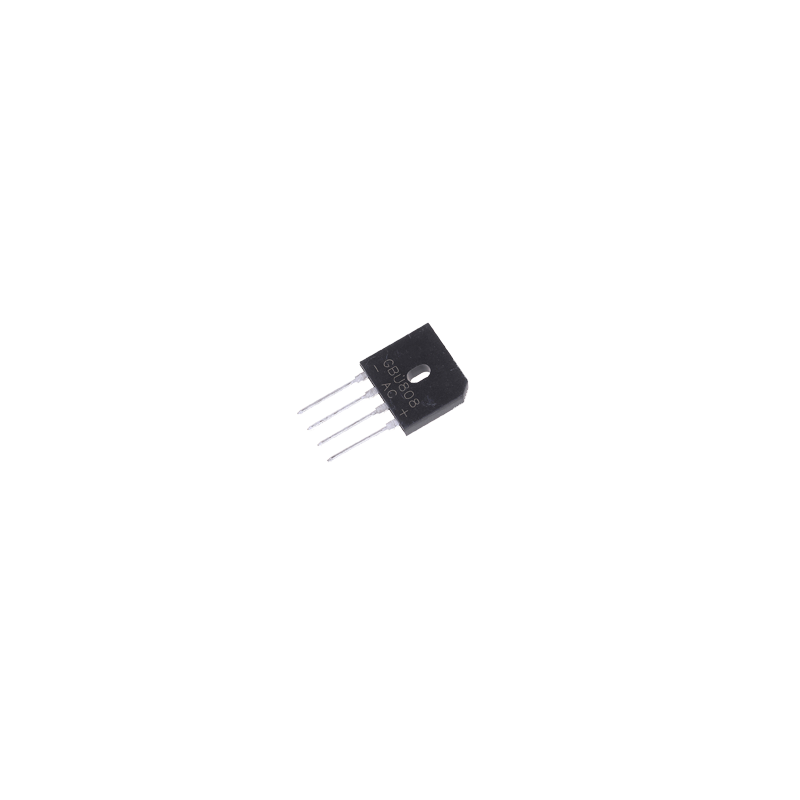
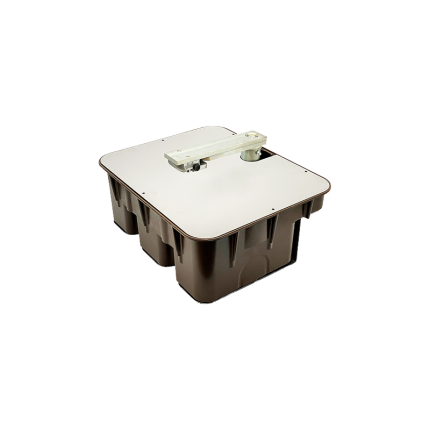
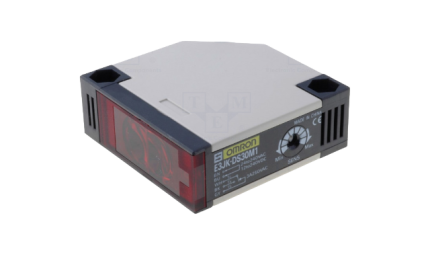



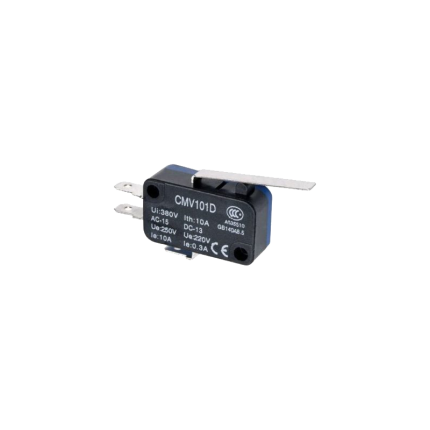
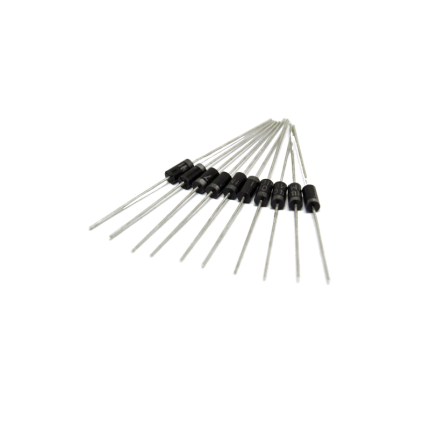
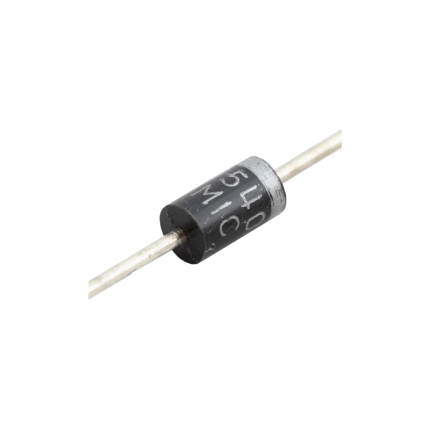
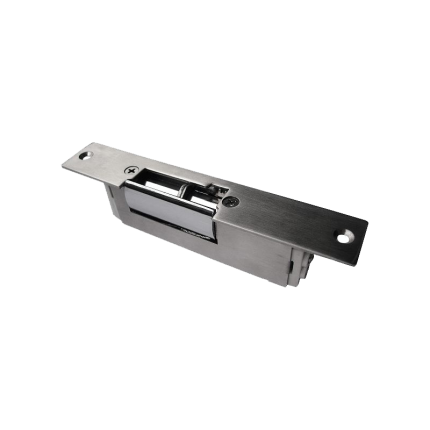
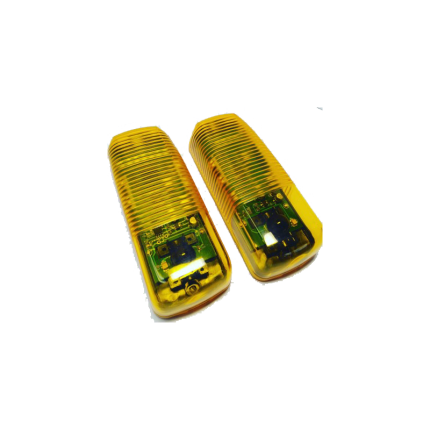

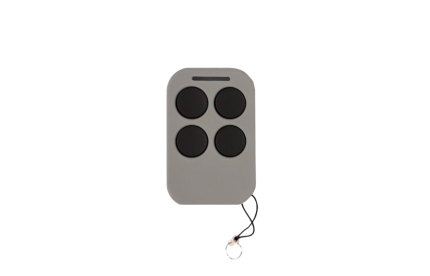
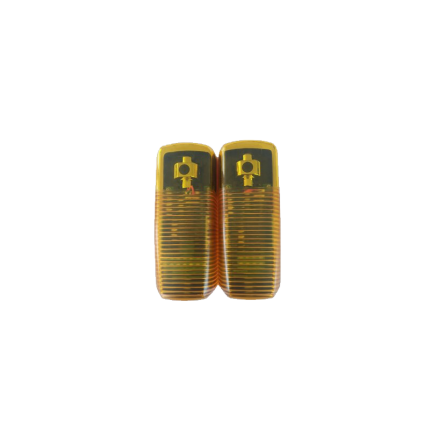


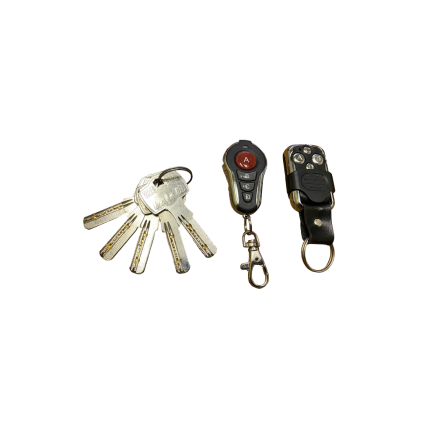
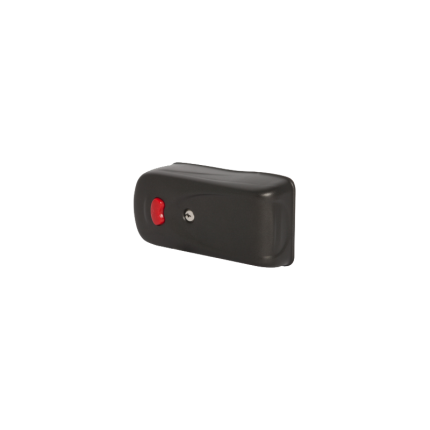









Reviews
There are no reviews yet.